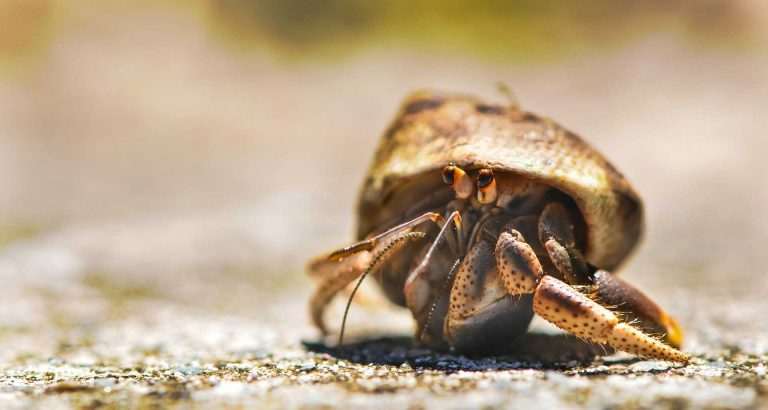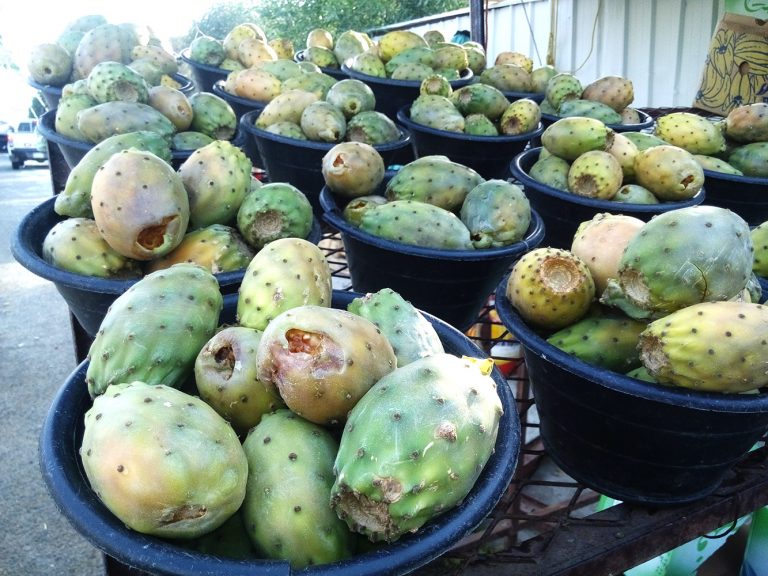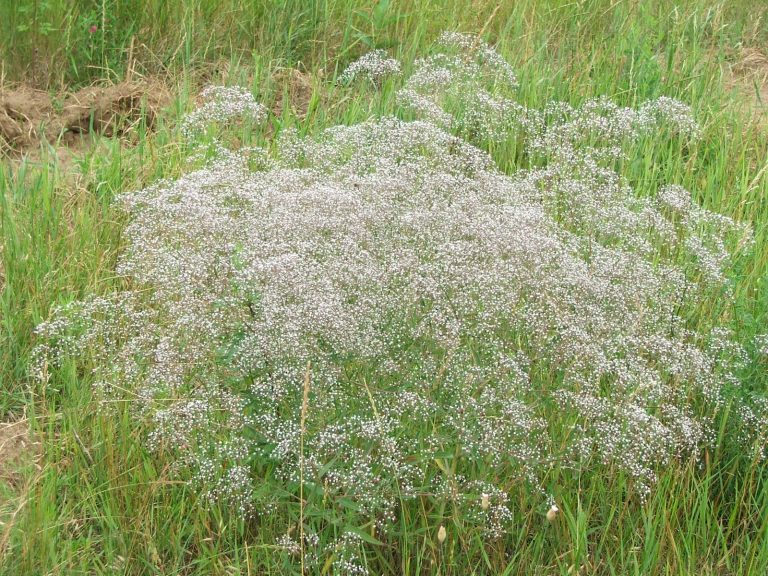Lime Tree
Scientific Classification
| Kingdom: | Plantae |
| (unranked): | Angiosperms |
| (unranked): | Eudicots |
| (unranked): | Rosids |
| Order: | Malvales |
| Family: | Malvaceae |
| Subfamily: | Tilioideae |
| Genus: | Tilia |
The lemon is otherwise called Citrus and pronounced as “Limon”. Itis a small evergreen tree indigenous to Asia. People use this fruit either for culinary purposes all over the world; its principle use is for its juice, even though its rind (zest) and pulp are used for baking as well as for cooking. The lemon juice contains 5 to 6.5% citric acid; this gives a sour taste to the lemons. This peculiar sour taste of the lemon juice makes it an indispensable element in foods and drinks like the lemonade
It was Christopher Columbus who carried lemon seeds along with him to the Americas in the year 1493 and introduced the fruit there.
Lemon trees flower, and brings forth fruits all through the year. In a year, each tree is able to produce about 500 to 600 pounds of lemons. The fresh lime’s juicy; savory flavor is exploited for anything from the inevitable lime pie to margaritas. This flavorsome fruit has made its journey all over the world along with explorers. Today it is possible to plant lime trees in your garden in the back yard in case you have a warm weather.
Lemon trees have their beauty, a lovely fragrance, and turn out an alluring fruit that is possibly sweetened into candy or used in tasty dishes without sweetening. Besides, it is good to keep fresh lime in your kitchens, since it removes odors. It is possible for you to cultivate lemon indoors or outdoors.
Anatomy
Lemon trees grow to heights of 10 – 20 ft. Several types have prickly thorns on their twigs or branches. The leaves of the lemon tree are colored reddish at the infant stage and turn green when fully developed. The color of the flowers is red with slight fragrance. The skin of the lemon fruit is yellow in color with an oily texture and mild fragrance.
Habitat
The lemon tree is an inhabitant of Asia, all through North Burma, North East India and China.
GROWING AT HOME

Photo by: Jeevan Jose, Kerala, India
Soil for Planting
Decide on a location that is sunny and that which drains properly. Choose a site distant from the lawns that absorb the nutrients meant for the tree. The ideal place enhances the growth and production of maximum fruits,
However, lemon trees are adjustable to a wide range of soil, inclusive of weak soil; the majority of them favor mild acidic and properly drained soil.
Planting
Lime trees are planted during spring when the fear of frost is not there. In case you reside away from the coastal areas and experience hot summers, then begin planting your lemon tree before the severe effect of the heat. A tree that is affected by the severe heat is likely to produce less fruits. Lime trees planted during spring are able to withstand the cold weather during the coming winter and lessen the possible damage of the low fruit production.
Due to its sensitivity to cold, plant them towards the southern side of your home. They require protection from the frost. This is possible by growing them adjacent to your house. For a better growth, lemon trees need total sunlight.
While filling the container or a hole, with soil, confirm that the soil is packed firmly about the root ball. If air is locked in the soil, it kills the tree. While back filling, pack the soil frequently or pour water to a depth of a few inches.
Watering
Lime trees need steady watering for good growth. Water them once or twice weekly, instead of continuous surface watering. Water the lime tree when the soil is dry to a depth of 6 inches. Never let your lime trees get completely dry, this will make the leaves to fade and fall. The symptom of excess watering are cupping of the leaves and their yellowing. Once you water the drooping leaves, they do not benefit. In such a situation, allow the soil to dry for a while prior to repeated watering.
Temperature and Humidity
Lime trees favor a temperature of more than 50°F. When the weather is cold, plant your trees in pots and during winter, take them indoors. An ideal place for indoor potted lime trees is a window facing the south. If trees are planted outside, tie holiday lights in the canopy and enclose the area with a big blanket. Allow the light to remain all through the cold season.
Several types of citrus trees are adjustable to lower temperatures to the extent of 32° for a period of 2 to 3 hours. Over the winters indoor citrus trees are essential if you are residing in colder places. Traditional Christmas lightings where some sort of heat is generated, is likely to have an impact. The required protection is given by a combination of cloth covers, straw and even plastic sheets as mulch.
Flowering and Maturing

Photo by: Jiří Sedláček – Frettie
The lime tree blooms, but does not bear fruit during the initial 2 to 5 years. The flowers mature, and bloom, and ultimately drop from the tree. After many years, it becomes mature enough to bear fruit. The majority of the lime trees, even that of the Bearss seedless lime, develops white flowers during spring, in the months of March and April.
The majority of lime trees flower and produce ripe fruits within 6 to 9 months. Most of the flowers of the fully developed lime trees drop. They concentrate their energy only on some of the pollinated flowers. Those lime trees that are grown from seeds are likely to take 8 years for production of fruits.
Care
Just as other citrus trees, a lime tree also requires sufficient food; thus provide them with fertilizers every two months. Provide them with either citrus plant food or fertilizers with additional nitrogen (the slow-releasing type). The content of nitrogen should be double that of potassium and phosphorus. For instance, use a mixture 20-10-10. Make use of just 1/3rd of the prescribed quantity of fertilizer required. Scrape the soil to a few inches and water the fertilizer granules into the soil.
Suckers grow beneath the union of the graft of lime trees. These being rootstock shoots, never grow the required variety of citrus. Prune off the freshly grown shoots. The lime tree is not affected when the thorns are snipped off the branches. The tree is easily handled by snipping the thorns; this causes fewer scratches while fruits are picked.
Pest and Pesticides
The best way to get rid of the harmful insects such as the aphids, scales or mites is to take some water in a household spray bottle and add a little mild dish soap and spray it on them. A diluted amount of orange TKO, that is an organic cleaner, works well. Horticultural soap products, formulated as per requirement are also available at the local garden centers. Scrape off the scale insects that adhere to the tree with a soft toothbrush and after a week, recheck if a further treatment is required. In case they persist, the normal nursery cure is a 1% remedy of mild horticultural oil.
- Citrus Leaf Miner – The symptom of a leaf miner infestation is when the lime tree leaves appear distorted and silvery trails run along them. Since these pests dwell within the leaf, cut away the affected areas. A spray of white oil preparation is also good enough.
- Sucking insects – A black colored discoloration appears on the leaf brought about by the scale, mealy bugs and aphids. It is possible to get rid of the aphids with a spray of a strong stream of water. Whereas mealy bugs and scale need a universal insecticide, the milder the better, because you are eating it.
- Gall wasp: These wicked pests lay eggs on the branches and stems of the lime tree, this then bloats and turns into lumps (these malformations are called galls). Cut off the galls before September, which is the time for them to hatch; burn and destroy them.
Harvest Month and Storage
Very good lime trees provide the gardener ripened fruits from October to December. Those lime fruits from the bearing trees ripen during fall. Those ripe trees that flower during spring, produce fruits, particularly in winter and in the fall.
All fully ripe limes become completely yellow and that does not indicate that they are overripe. In the commercial market limes are sold as green fruits. As such, they are picked when the skin is in the green stage. The flavor of the lime is retained when the green turns into a yellow tint.
Even though a few species get ripe all at once, the process of ripening of several other fruits takes a period of many months. (Fall to winter). The best way to know whether they are ripe is their taste. Snip off the ripe fruits using snips or pruners.
Varieties
The two main types of lime trees are: The Mexican lime, which is the gardener’s most favorite lime of North America or the Key Lime. This classification was arrived at by the Paradise Palm Tree Co, an extensive nursery in Moultrie, in Georgia. The Persian or the Tahiti lime is the one which we frequently find in the grocery stores.
These two types of lime trees comprises of some varieties, even so, according to the Plant Products and the center for New Crops at Purdue University, they do not differ much.
Those of the Mexican lime comprise the Everglade that was pollinated from a pummel flower or a grapefruit and grows fruits in bunches and are light yellow in color. The Kagzi type is grown mainly in India and the Yung variety is void of thorns. Palmetto is one kind of Mexican lime; its skin is pale yellow in color and pollinated by a lemon.
As for the Tahiti lime, it comprises of some varieties, many of which are not existing today, the reason being there was no difference between them and the usual Tahiti lime or because they were susceptible to disease.

Having discovered a fondness for insects while pursuing her degree in Biology, Randi Jones was quite bugged to know that people usually dismissed these little creatures as “creepy-crawlies”.







